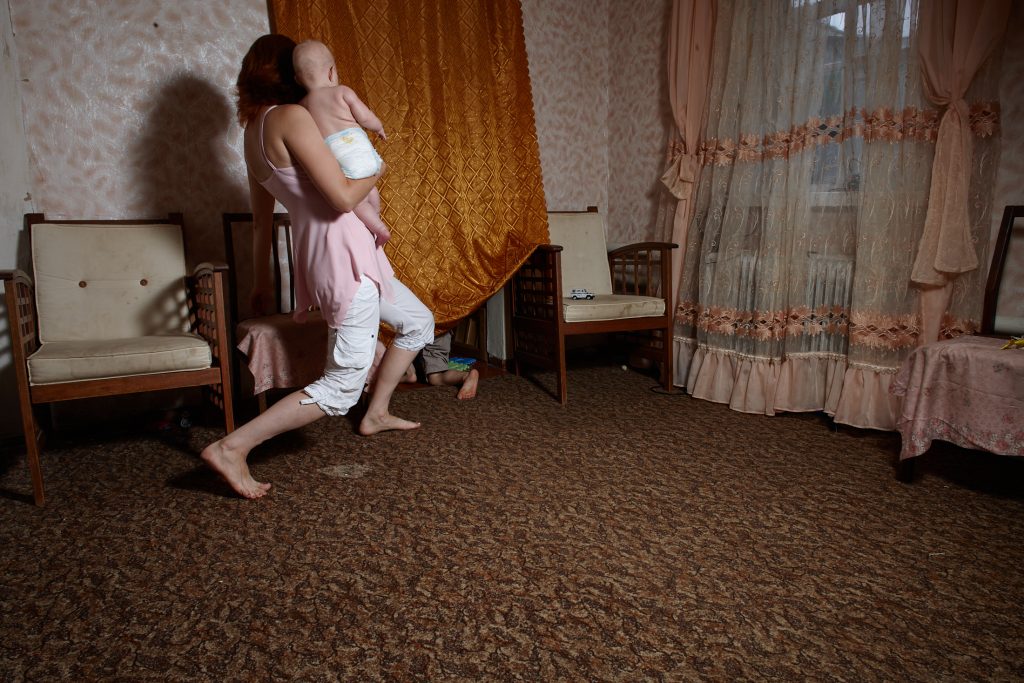
This essay accompanied a selection of images and juxtapositions originally appearing on Hunger TV as a fantasy exhibition inspired by the concept of the collapse of aesthetic rules created by an outdated and nostalgic film culture hiding the reality and celebration of the present. It inspired the viral hashtag #filmisnotdead
FILM IS DEAD
There is an unresolved distrust and distaste for the dominant photographic medium. This has been brought about by the prepotency of outmoded visual rules defined by a previous age. The continued maintenance of the status quo is reliant on the acceptance of an historic criterion of what beauty is that originates from when film was the dominant photographic process. The rules defining photographic aesthetics were formed around the existence (and limits) of the process itself but the continued existence and acceptance of these as read are a threat to the evolution of a contemporary way of seeing. As a defence, new rules are forming for the definition of what constitutes beauty and reality now.
It would be a mistake to consider ‘digital’ and ‘film’ as sides of the same coin, they are in fact entirely different mediums the foundations of which are representative of different social and political epochs. The argument for a new aesthetic is that in terms of future legacy, digital ironically has the genuine value and film is irrelevant. The current use of obsolete processes, whilst perhaps possessing the power to reassure us, are in fact relying on our subconscious addiction to nostalgia and our inability to accept the more realist interpretation of the ‘present’. These processes and nostalgic effects are lazy tricks and an infection retarding progress.
Our relatively chaotic and complex society can seem at odds with the ideas of perfection based in the past. Beauty defined as an organised simplified version of reality, fails to consider this complexity, it undermines our present. Images defined by outdated perfection are an anathema and digital images that continue to adhere to these film based aesthetic rules lack an inherent credibility, equal to if not more ineffectual than film itself.
The new aesthetic challenges the filmic notion of the defining moment. Increasingly, the classic and unequivocal image has been replaced by a curated alternative. Defining moments caught with the level of perfection in documentary in the 20th century no longer seem credible, i.e. a bullet passing through the brain of Viet Cong prisoner. Contemporary digital imagery is undeniably less trusted, this though is NOT a criticism of ‘it’, there is a need of a ‘new constitution’ that rebuilds trust in the present by dismantling the addictive and self sabotaging practices undermining it. We should ‘never trust a medium that says trust me’ (sic); these outmoded processes only offer a facsimile of authenticity exploited for decades and all contemporary works that rely on them are traitors to themselves and progress.
The visual representation of our humanity is being incrementally commoditised and homogenised. The world we are shown is increasingly at odds with our personal understanding. It is a world defined for consumption, designed to increasingly become the reality rather than a facsimile of it. There seems like little chance of challenging this embedded status quo but there is an answer; in the unwanted mess, the wires behind the sofa, the cracks in the pavement and the spaces between objects.
The chaos of the modern world, the lack of certainty, the acknowledgement of our complexity is where the beauty can be found now, not in the tidy, fascist representations that offer hiding strategies in chocolate bars and shiny new things. The key is to not withdraw behind old lines in fear and self-protection but to embrace the rich and fascinating world beyond our own borders. This is an argument for a new representational critique of our complex society, a shift in the very parameters through which we see and record our modern world.
The current notions of capture cannot ignore the power of the old rules; it is a boring, gradual extrication from their dominance, not destruction. We are not storming the gates of the bastille or murdering the Tsars children, there is no ‘Little Red Book’. There is an inevitable, inherent acknowledgement of the past within everything but it should not be allowed to dominate the definition and interpretation of society now.